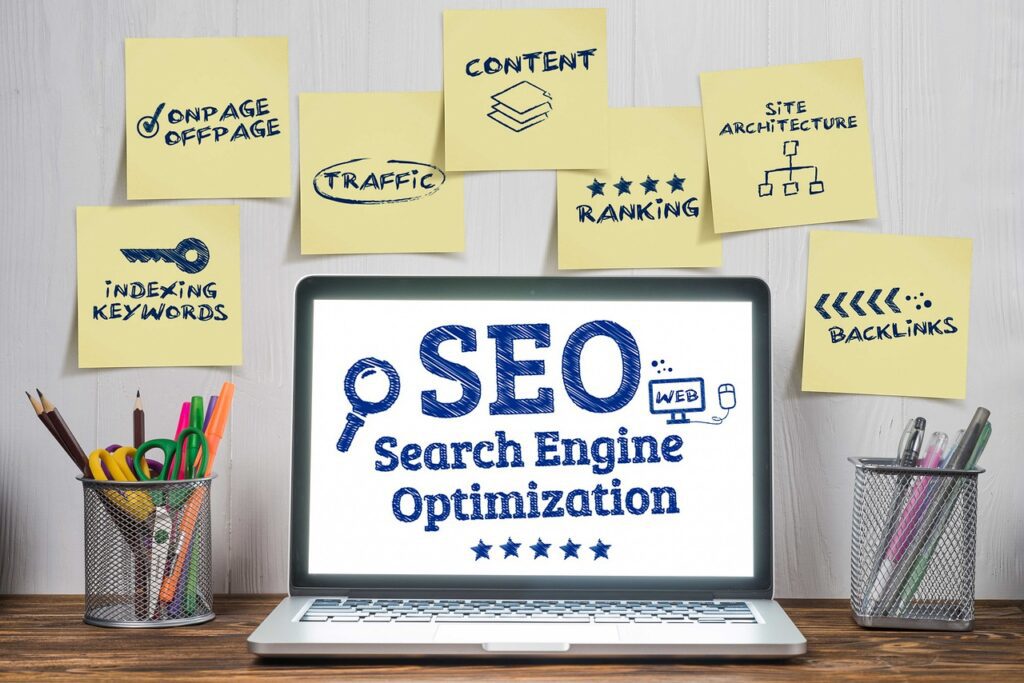As an artist, you pour your heart and soul into your work, creating pieces that express your unique vision and voice. But how do you ensure that your website is reaching the right audience and getting the exposure it deserves? This is where search engine optimization (SEO) comes in. In this blog post, we’ll explore how you can use SEO to enhance your online presence and connect with more people who appreciate your art.
Imagine for a moment that you’ve just finished a new painting. You’re excited to share it with the world, so you upload it to your website and wait for the views to roll in. But nothing happens. You realize that simply having a website is not enough – you need to take steps to ensure that people can find it. This is where SEO comes in. By optimizing your website for search engines, you can increase your visibility and reach more people who are interested in your art.
But what exactly is SEO, and how can you use it to improve your website? Simply put, SEO is the practice of optimizing your website to rank higher in search engine results pages (SERPs). By using a combination of on-page and off-page optimization techniques, you can improve your website’s relevance, authority, and trustworthiness in the eyes of search engines like Google. This can lead to increased organic traffic, higher engagement rates, and more opportunities for you to showcase your art to the world.
In order to improve your SEO, you’ll need to focus on a few key areas, including website structure, content quality, and link building. Let’s take a closer look at each of these areas and explore some best practices for optimizing your artist website.
The first step in optimizing your website for search engines is to ensure that it has a clear and organized structure. This means using descriptive URLs, optimizing your page titles and meta descriptions, and using header tags to organize your content. You should also make sure that your website is mobile-friendly and loads quickly, as these are important factors that can affect your search engine rankings.
In addition to having a well-structured website, you’ll also need to focus on creating high-quality content that resonates with your target audience. This means using relevant keywords in your content, including alt tags on your images, and creating engaging blog posts that showcase your artistic process and philosophy. You should also aim to include a variety of multimedia content on your website, such as videos and slideshows, to make it more visually appealing and engaging for visitors.
Finally, you’ll need to focus on building high-quality backlinks to your website. This means reaching out to other websites in your niche and asking them to link back to your content. You can also create guest posts for other blogs and publications, which can help you build your authority and credibility as an artist. Additionally, you should make sure that your social media profiles are linked to your website, as this can also help to boost your search engine rankings.
By focusing on these key areas, you can improve your website’s SEO and connect with more people who appreciate your art. Remember, SEO is an ongoing process, and it may take some time to see results. But by staying consistent and putting in the effort to optimize your website, you can create a powerful online presence that showcases your unique vision and voice as an artist.

